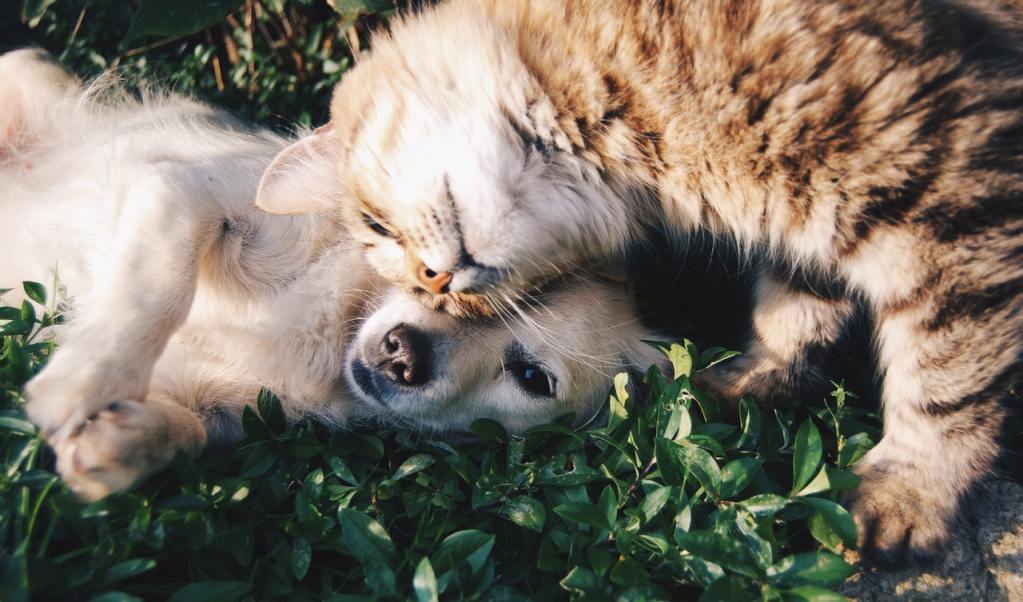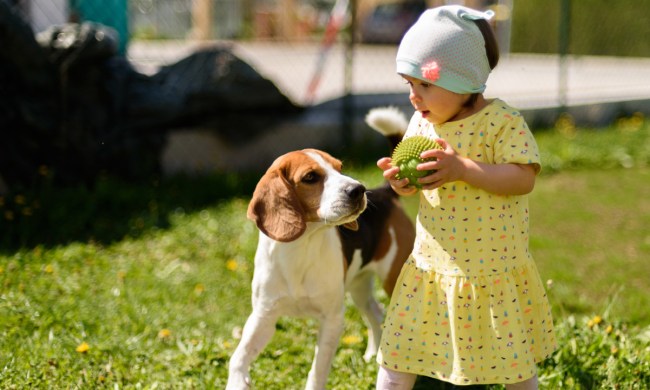While you might be a fan of traveling, pets find it unsettling. Animals are quite sensitive to changes in their environment, which makes uprooting your furry family members a potential recipe for disaster. Whether you’re moving to a new place in the same city or you’re planning for cross-country relocation, moving is stressful.
But you’re in luck: Our list of tips for moving with pets will help you simplify the process so your move goes much smoother. Your pets will settle in faster, and you’ll be able to get into an everyday routine in no time.

What to consider before your move
We can’t make packing any easier for you, but moving with pets doesn’t have to add to the stress of relocating. Before you pack a single box, there are some things you should keep in mind.
Get to know the neighborhood
First and foremost, location is everything. If you have dogs, you’ll want to confirm the neighborhood is dog-friendly. Most dogs need plenty of room to exercise, so make sure you have a yard or easy access to a dog park if you’re moving to an apartment. You’ll also want to find out if other dogs in the neighborhood are friendly to avoid future confrontations.
Is a young puppy or an older dog part of the family? Keep an eye out for potential physical barriers like stairs, as puppies may have trouble with coordination. Older dogs are prone to arthritis, which makes walking up and down numerous flights of stairs uncomfortable.
If you have cats, you’ll want to find a new home with room for cat trees and scratching posts to keep your feline friend happy. While it’s less of an issue if your cat is strictly an indoor cat (which we recommend for safety reasons), look for houses with fenced-in yards to deter your cat from wandering off.
Make packing more comfortable for pets
Once you’ve found your dream home, you’re ready to start the move. Because animals are so sensitive to changes around the home, you may want to consider creating a safe space for them. Having a calm, quiet space away from the chaos of packing is extremely beneficial for your pet, and it keeps them from getting underfoot as you work.
You can pack up a guest bedroom or bathroom first and cordon them off inside with food, water, a litter box or potty pads, and their favorite toys. Another possibility is allowing your pet to stay with friends or family. If none of those options works out, you may want to let them bunk at the vet overnight. You can check them in for boarding only, or you can schedule a checkup to ensure they’re in perfect health for the big move.
Collect records from the vet
This doesn’t apply if you’re staying within the area, but if you’re moving out of town, you’ll want to collect your pet’s records from the vet. Whether you choose to go in for a final checkup or not, you should always ensure your pets are up to date on vaccinations and that you have any prescriptions filled before you move. This is a great time to update your address stored on your pet’s microchip.

Simplify moving day
If you’re in for a long-haul move and need to fly with your pets, you’ll need to review the airline’s regulations for pet travel. For example, American Airlines asks you to reserve a pet check-in 48 hours before you fly. You’ll want to arrive early for check-in, but safety regulations dictate you can’t check your pet in more than four hours before your flight is scheduled to depart. You’ll also need to bring a health certificate to verify that your pet is healthy.
When it comes to traveling with pets, it’s much easier to make the journey in the car. For shorter trips, pets can travel in a carrier in the back seat — please make sure to belt them in — but we recommend a kennel for long journeys. If you’re traveling with cats, place a small litter box in the kennel with them along with food and water. You can take your dog for a brief walk when you stop for gas.
Take stress into account
Even the most well-behaved animals can become anxious during car rides, so even if your pet stays calm under normal circumstances, we recommend keeping them kenneled while the vehicle is in motion. Cats may hide beneath the pedals, making it impossible for you to brake in time to avoid a collision, and dogs may try to sit on your lap, obscuring your view of the road. If your pet seems overly stressed, try covering their kennel with a towel or blanket.

Help them settle in
Once you’ve reached your new home, you’ll want to take things slowly. If you can, we recommend getting your house unpacked and set up before you move with your pet. That way, they’ll be surrounded by familiar smells, and they’ll feel much safer in their new space. If that isn’t possible, keep them in one room until they adjust to their new home.
Moving with pets can be hectic, but you can keep pets calm and help them settle into their new home quickly. Following our tips is a good way to start.



